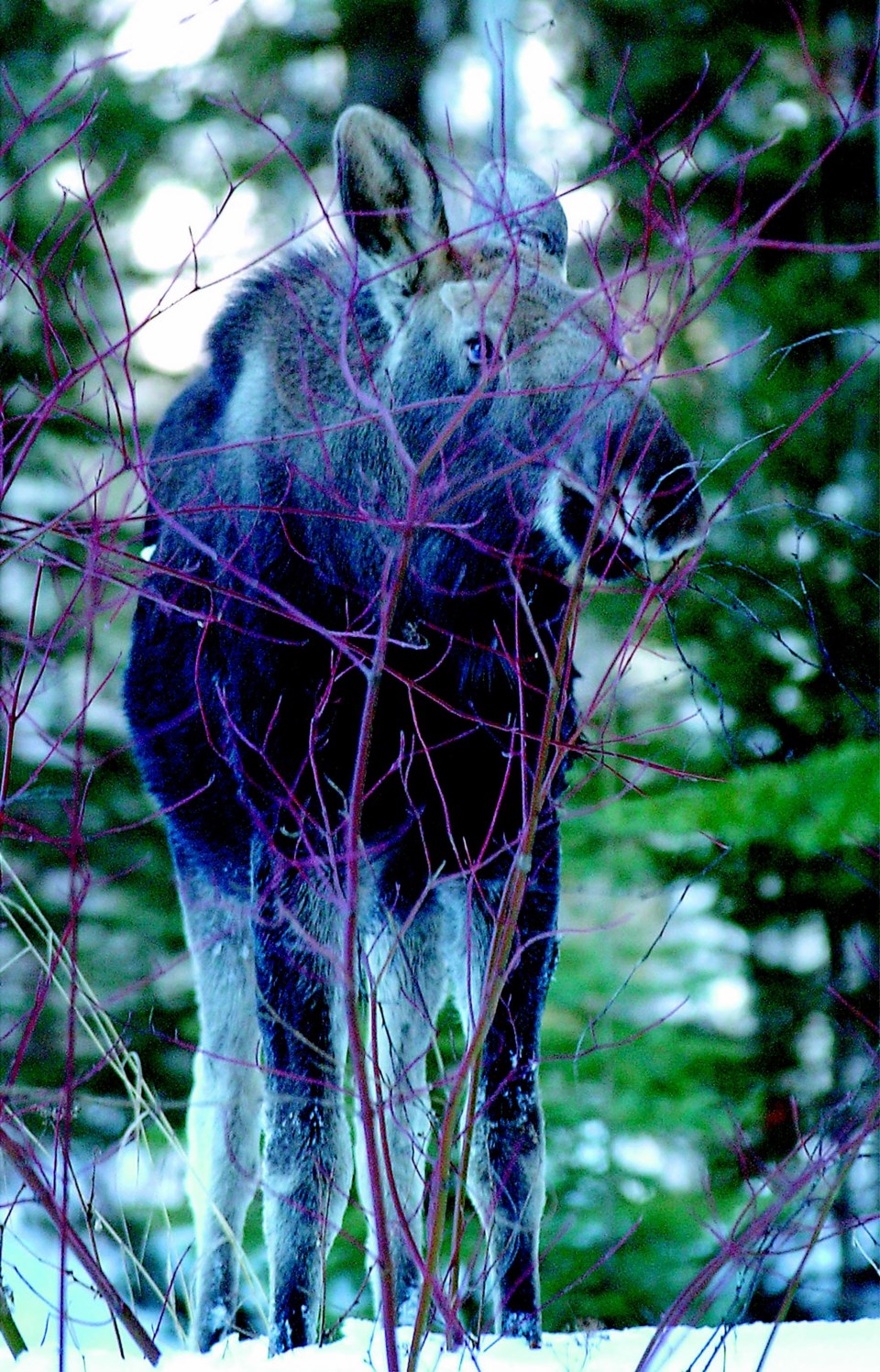Members of the public are being asked to help document moose winter tick infestations by completing an online survey.
It will help B.C.'s wildlife health staff monitor the number of moose affected with these ticks and the extent to which they affect moose around the province, the Ministry of Forests, Lands and Natural Resource Operations said in a bulletin issued Wednesday.
Survey participants are asked to observe the amount of hair loss, if any, occurring on moose and check the survey box which most describes the animal - ranging from "no loss" to "ghost" which means hair loss over most of the body or 80 per cent of winter hair.
Winter ticks can have a significant impact on moose populations when climate and habitat conditions promote high tick numbers. This type of tick goes through three life stages over the winter on one moose and there can be as many as tens of thousands on one animal.
As the ticks mature, they feed on the animal's blood and can cause anemia. In late winter, the irritation from ticks causes moose to scratch and groom themselves excessively, resulting in hair loss and less time spent foraging.
Anyone interested in contributing to the surveillance program can obtain a copy of the survey online at this link or by emailing [email protected].



